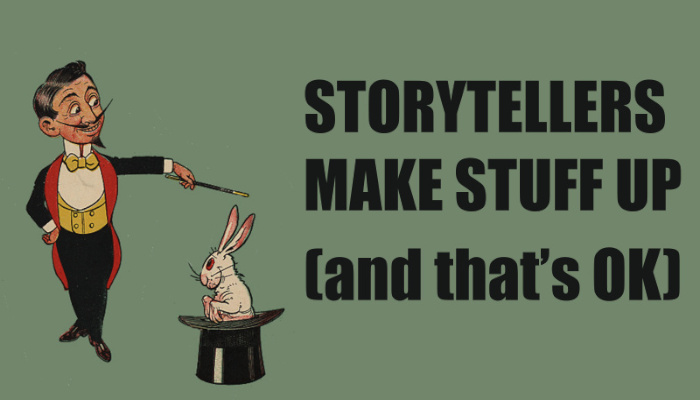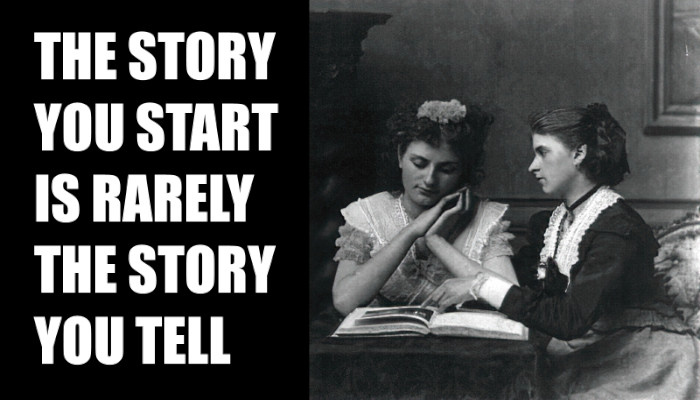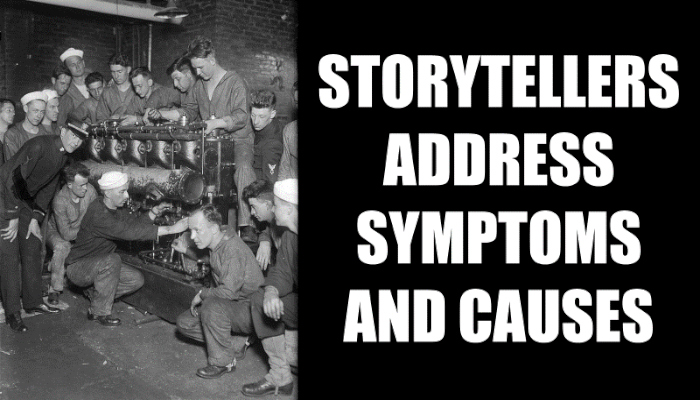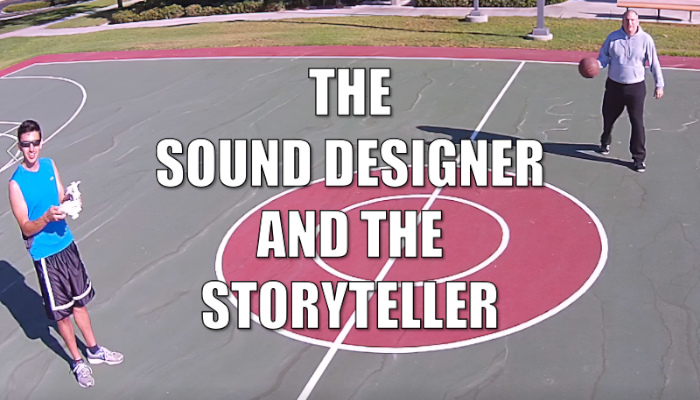Storytellers Make Stuff Up (and that’s OK)

Storytelling works because our brains are in a perpetual state of assessing whether or not something makes sense to us. If we see, hear, touch, taste, or smell something that defies our expectations, our brains churn until we somehow rectify the differences. The good news is that humans have an uncanny ability to fill this meaning-gap. The bad news is that they can fill it with ANYTHING–from pure logic to pure lunacy–because the meaning-gap is a breeding ground for things like superstitions and old wive’s tales.
Great storytellers anticipate and fill potential meaning-gaps before they form. For example, the movie Men in Black is based on a premise that aliens from outer space have not only been living among us secretly, but they’ve also been policed by a top-secret government organization. While this is a great premise to build a movie upon, it carries a potential flaw. Would an audience willingly believe that this huge secret could be kept from the public? To address this potential distraction, the script writers had to make something up.
Enter the memory eraser. With the ability to erase people’s memories, the government could then selectively remove an alien encounter from someone’s mind. Even though memory erasers don’t exist in real life, audiences were willing to suspend their beliefs for the duration of the movie.
But making stuff up isn’t limited to fiction. Storytellers in nonfiction communities like math and science make stuff up all the time. Consider the mathematical concept of the square root. To find the square root of 4, we ask ourselves, “What number, multiplied by itself, is 4?” The answer of course is 2, just as the square root of 9 is 3; square root of 16 is 4, and the square root of 10 is 3.162278…
So, what’s the square root of negative 4? Wait. That’s impossible, right? Didn’t we learn in grade school that a negative times a negative is ALWAYS a positive? Well. yes and no. Although it’s hard to wrap one’s brain around the situation occurring in the physical world, some mathematical equations require us to calculate square roots of negative numbers.
So, how did the mathematicians rectify the logical inconsistency? They not only made something up, but didn’t even try to hide the fact by calling the fictional device an “imaginary number.” No joke. They invented the number “i,” which when multiplied by itself is negative one (-1). Therefore, if you’re ever asked, the square root if negative 4 is “2i.”
“C’mon, Ron,” you might be saying, “That’s nonsense. They just made something up that has no bearing in the real world.”
Think so? Without imaginary numbers, communications engineers could have never designed things like cellular telephone networks.
Do you have a complicated concept to convey–one that may create more confusion than clarity? If so, consider making something up, like a memory eraser or an imaginary number. What device can you invent that conveys meaning while simultaneously filling a potential meaning-gap?
Photo Credit: Bunny, Rupert, Artist. Vaudvilles and other things by Bunny. , None. [New york: isaac h. blanchard co., between 1900 and 1910] Photograph. https://www.loc.gov/item/2014647846/.



